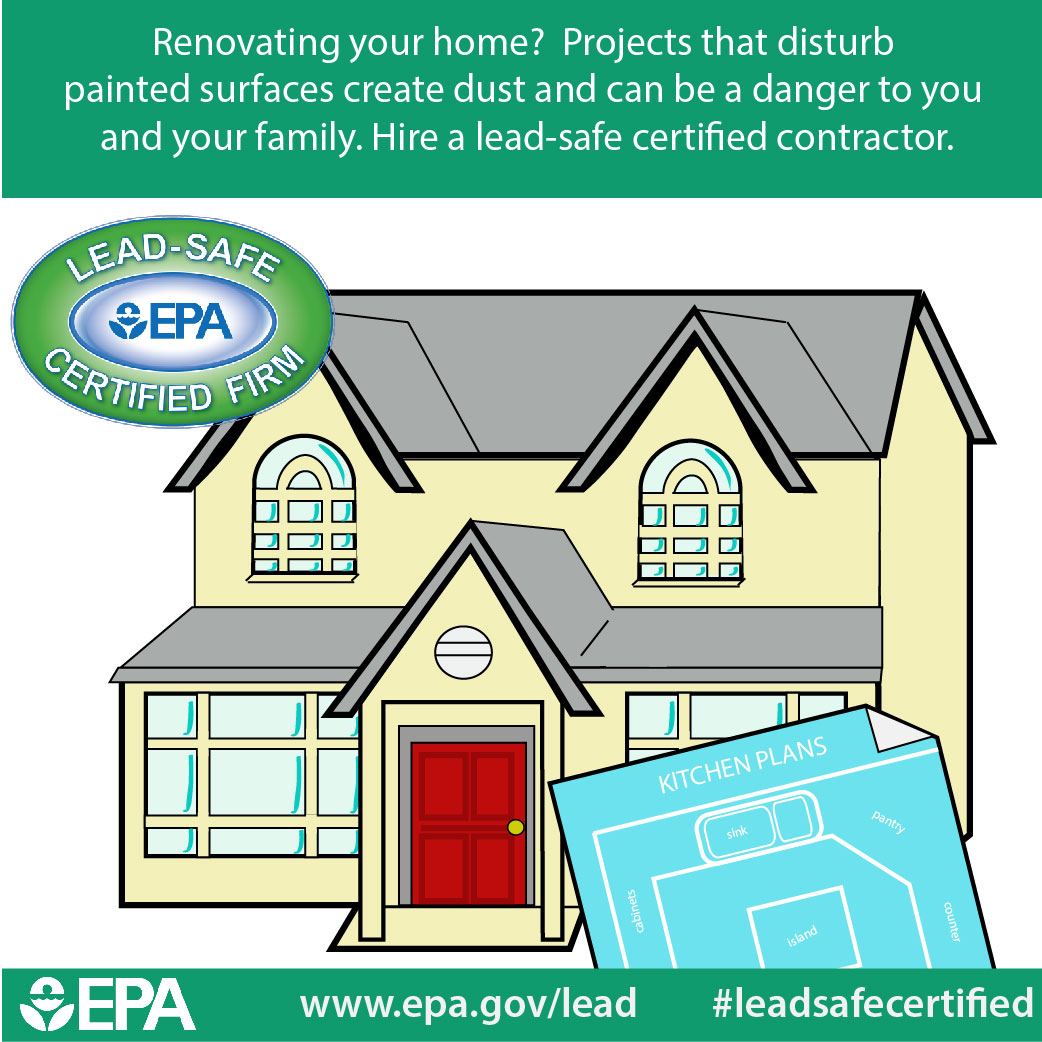Seasonal Considerations For Business Outside Paint: What You Required To Know
Seasonal Considerations For Business Outside Paint: What You Required To Know
Blog Article
Material Create By-Doherty Decker
When you're preparing a business exterior painting job, seasonal elements can make or damage your results. You'll intend to consider how temperature level and moisture impact paint application and drying times. Selecting looking for interior painters can ensure your paint sticks appropriately and lasts much longer. Yet which periods are absolutely the very best for this kind of job? Let's discover the crucial elements that can affect your task's success.
The Effect of Temperature on Paint Application
When you're preparing a business exterior painting project, the temperature can dramatically affect exactly how well the paint sticks and dries.
Ideally, you wish to repaint when temperatures vary between 50 ° F and 85 ° F. If it's too cold, the paint might not treat properly, leading to concerns like peeling off or cracking.
On the flip side, if it's as well warm, the paint can dry also quickly, preventing appropriate adhesion and resulting in an uneven surface.
You need to likewise take into consideration the time of day; morning or late afternoon uses cooler temperatures, which can be a lot more positive.
Always check the maker's referrals for the certain paint you're utilizing, as they commonly provide advice on the perfect temperature level array for ideal outcomes.
Humidity and Its Effect on Drying Times
Temperature level isn't the only ecological variable that influences your business external painting task; moisture plays a considerable duty also. High humidity degrees can decrease drying times considerably, affecting the total quality of your paint work.
When the air is filled with moisture, the paint takes longer to heal, which can lead to issues like poor bond and a greater threat of mildew growth. If you're repainting on a specifically humid day, be gotten ready for extended delay times between coats.
It's critical to check neighborhood climate condition and strategy accordingly. Preferably, go for https://home.howstuffworks.com/home-improvement/home-diy/painting/how-to-thin-latex-paint.htm in between 40% and 70% for optimal drying.
Maintaining these factors in mind guarantees your project remains on track and provides a lasting surface.
Best Seasons for Commercial Exterior Painting Projects
What's the most effective time of year for your commercial external painting jobs?
Springtime and early fall are typically your best bets. Throughout these seasons, temperatures are moderate, and moisture degrees are typically lower, developing suitable conditions for paint application and drying.
Prevent summertime's intense heat, which can create paint to completely dry also promptly, leading to inadequate bond and surface. In a similar way, wintertime's chilly temperature levels can prevent appropriate drying and healing, running the risk of the longevity of your paint work.
Go for days with temperatures between 50 ° F and 85 ° F for optimal outcomes. Bear in mind to examine the regional weather prediction for rain, as damp problems can wreck your job.
Preparation around these elements ensures your paint task runs efficiently and lasts longer.
Conclusion
Finally, preparing your commercial exterior painting jobs around seasonal factors to consider can make a significant distinction in the outcome. By scheduling work during the perfect temperatures and humidity levels, you'll guarantee far better bond and drying out times. Keep in mind to keep an eye on local weather prediction and choose the right time of year-- spring and early fall are your best choices. Taking these steps will aid you attain a long lasting and professional finish that lasts.
